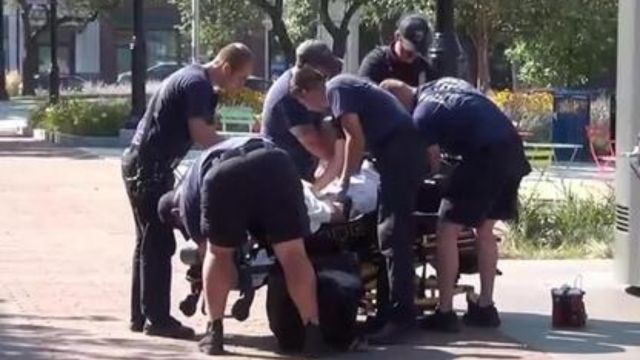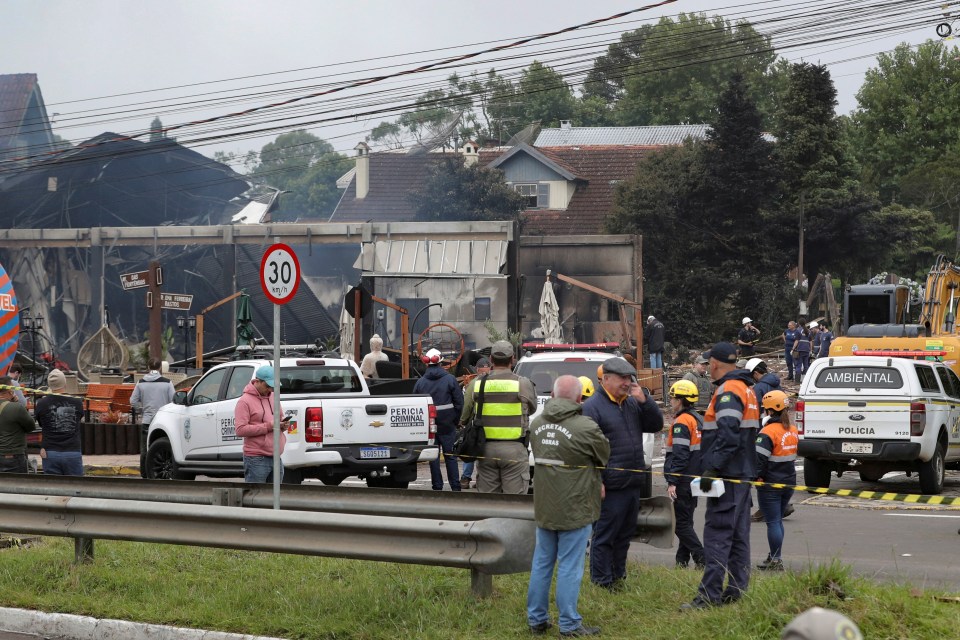Vermont Sees Decrease In Opioid Overdose Deaths, Health Officials Say – What Is The “Positive Impact?”
BURLINGTON, Vermont – According to updated data, there was a drop in opioid overdose deaths last year for the first time since 2019, according to Vermont health officials. It happens while the governor and Vermont legislature negotiate policy disputes on the best way to keep the state’s population declining.
In 2023, opioid-related overdoses claimed the lives of 231 Vermonters, a 5% decrease from 244 Vermonters who died in 2022, according to the Department of Health’s recently issued Annual Fatal Overdose Report.
There’s still more to be done, even though officials claim that harm reduction initiatives and new programs are bending the curve. “We are encouraged by the progress we have made. According to a statement from Vermont Health Commissioner Dr. Mark Levine, “It means we are on the right track, but we are far from out of the woods.” “A heinous industry intent on finding new ways to trap people into the dangerous world of substance use and addiction is one of the many challenges facing the opioid crisis.”
95% of opioid-related deaths in 2023 were caused by fentanyl, making it the most common chemical implicated in opioid-related deaths. Compared to 28% in 2022, xylazine was implicated in 32% of fatal overdoses in 2023. Cocaine continued to be the second most common drug implicated in fatal overdoses in 2023, while its percentage of deaths rose sharply from 48% to 61%.
Authorities believe the results of the investigation demonstrate how crucial it is to know what to do in the event of an overdose, particularly when non-opioid medications like Xylazine are involved.
After the legislative session, political disagreements about how to address the drug problem and public safety have taken center stage, and the new health department data comes at that time.

“While the number of fatalities is still high, it’s encouraging to see that it’s decreasing,” stated Barre Police Chief Brad Vail. He claims that there seems to be a decline in fatal overdoses in his area. Although 13 overdoses have been reported this year, none have proven deadly as of yet.
Harm reduction initiatives, such as testing for Xylazine and fentanyl, needle exchanges, and the overdose-reversing medication Narcan, have received significant funding from the state.
Vail claims that enforcement has a role as well. He stated, “We’re trying to disrupt that trafficking in the state by focusing on the dealers instead of the users.” But he claims he needs additional resources to hold young people who are being used as pawns in drug trafficking and landlords who ignore the problem.
A bill that state lawmakers believe will do this is heading in that direction. Senate Bill 58 would allow 16-year-olds to be tried as adults in drug trafficking cases and enhance the penalty for Xylazine and Fentanyl. Not everyone, though, agrees.
The ACLU of Vermont’s Falko Schilling stated, “We’ve been extremely concerned about attempts at greater criminalization as a way to address a public health crisis.” Governor Scott is expected to sign a different law, which would establish the first safe injection site in the state in Burlington. Schilling believes this will be beneficial. “To ensure individuals who use are not using alone if they do. that they have access to medical care and therapy,” he remarked.
The governor claims that practical and philosophical issues will cause him to veto the legislation. Before the introduction of powerful drugs like fentanyl, the state’s hub and spoke approach showed encouraging outcomes, he claims, and it might divert funding from therapy.
Scott remarked, “It might save lives, but how many will we lose because we didn’t get them into treatment or prevent them from using in the first place because of treatment.”
Harm reduction and stiffer penalties for criminal offenses are two strategies used by lawmakers in a budget-constrained session to protect their bases.
Recovery centers are recognized as the impetus for helping individuals become clean, even though some argue that enforcement is the key to addressing the opioid issue.
“Recovery is achievable. Reach out, and seek support from your community. According to Amanda Smith, a peer recovery coach at Turning Point and a four-year recovering addict, “It’s very hard to do it alone.” She says she sees more people seeking help every day. “It is evident that the nature of illicit drugs has changed, with a greater prevalence of synthetic drugs.”
The primary causes of overdose deaths are drugs such as cocaine, Xylazine, fentanyl, and heroin. It is considerably riskier to combine those medicines. In 2023, drugs were implicated in ninety-one percent of deaths, according to the Vermont Health Department. According to Smith, being an addict these days is scary.
For someone who’s been through similar struggles, the advice and guidance Smith offers can be invaluable, said Turning Point executive director Cameron Lauf. “People need to feel that they are understood. People need to feel that they are heard. People need to feel that their experiences are validated. That’s critical,” Lauf said.
The coaching program continues to see success. Since 2021, 83% of people who met with coaches in the last three years opted for more recovery services afterward. “I go out into the community just building connections and trust,” Smith said.
Turning Point’s coaching program at the UVM Medical Center ER last month served 128 people, the most they’ve ever seen. UVM’s Dr. Daniel Wolfson says he’s seen the difference the program has made. “Those folks with their lived experience can make a kind of connection with people who have opioid use disorder that we often either can’t make or don’t have the time to. So, having their involvement is super important,” he said.
Turning Point’s officials say they continue to develop new programs for those seeking help.










